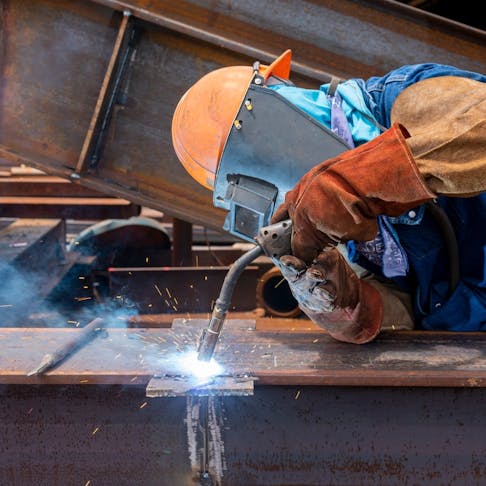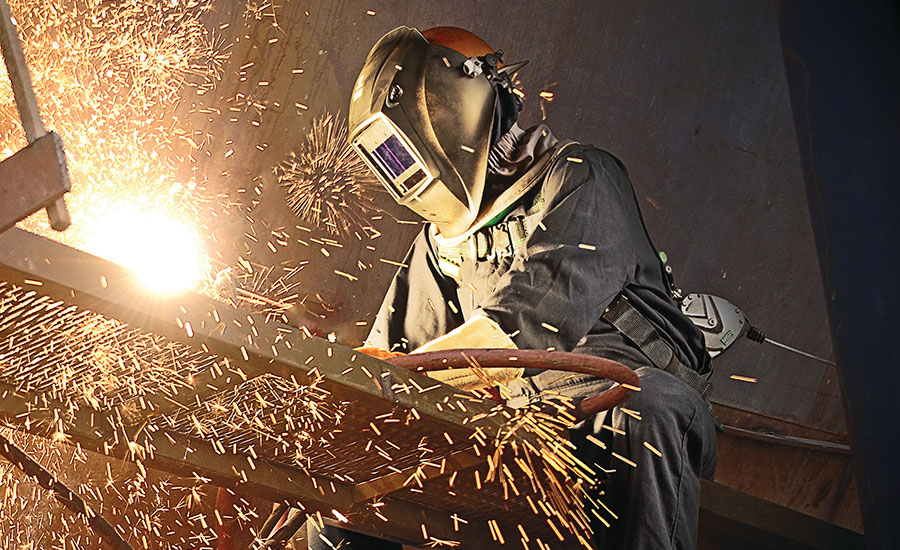Understanding Welding WPS Standards: Best Practices and Techniques for Top Quality Welds
In the world of welding, understanding Welding Treatment Requirements (WPS) criteria is a crucial component that directly affects the quality and stability of welds. Sticking to these standards guarantees uniformity and reliability in welding outcomes. Nevertheless, achieving quality in welds exceeds merely understanding the standards; it includes executing ideal practices and techniques that elevate the craft to a degree of accuracy and skill that distinguishes the standard from the remarkable. As we navigate through the intricacies of welding WPS requirements, uncovering crucial understandings and strategies for achieving top-tier welds will be vital for welders seeking to excel in their craft and create welds that stand the examination of time.
Recognizing Welding WPS Specifications

Understanding WPS criteria is crucial for assessors, welders, and designers included in welding operations. By complying with WPS standards, welders can generate welds that meet the called for mechanical properties and structural honesty. Assessors count on WPS documents to confirm that welding procedures are being complied with appropriately and that the resulting welds are of high top quality. Designers make use of WPS criteria to make welding treatments that make certain the longevity and dependability of welded structures.


Vital Tools for Top Quality Welds
Grasping welding WPS requirements is important for welders to efficiently use the vital tools required for producing quality welds. Among one of the most essential devices for high quality welds is a welding equipment. The sort of welding device needed depends on the welding process being used, such as MIG, TIG, or stick welding. Welding helmets are likewise vital to protect the welder's eyes and face from sparks, warm, and UV radiation. Furthermore, welding gloves constructed from long lasting and heat-resistant materials safeguard the hands from injuries and burns. Clamps and magnets assist hold the workpieces with each other safely throughout the welding procedure, guaranteeing accurate and accurate welds. Wire brushes and damaging hammers are necessary for cleaning up the weld joint before and after welding to remove any kind of contaminations that can affect the high quality of the weld. Lastly, a gauging tape and angle grinder are beneficial tools for making certain proper positioning and preparing the workpieces for welding.
Secret Methods for Welding Success
To achieve welding success, one have to grasp the vital strategies crucial for generating high-grade welds. Maintaining a stable welding and a consistent hand position throughout the procedure is vital to attaining accuracy and consistency in the welds. By mastering these vital techniques, welders can elevate the quality of their work and achieve welding success.
Ensuring Compliance With WPS Standards

Additionally, welders ought to undertake training to acquaint themselves with the WPS requirements pertinent to their job. Normal audits and evaluations ought to be performed to confirm that welding activities align with the prescribed WPS guidelines. Additionally, keeping thorough documents of welding specifications, equipment calibration, and evaluation outcomes is critical for demonstrating compliance with WPS requirements - welding WPS. By faithfully sticking to WPS standards, welders can ensure that their job satisfies the needed top quality levels and adds to the general success of the welding see this website task.
Troubleshooting Common Welding Issues
When faced with typical welding concerns, identifying the origin is critical for reliable troubleshooting. One prevalent problem is the existence of porosity in welds, commonly triggered by contaminants such as rust, oil, or dampness. To address this, ensuring proper cleaning of the base steel before welding and utilizing the appropriate protecting gas Web Site can substantially reduce porosity. Another problem often run into is lack of blend, where the weld fails to appropriately bond with the base product. This can come from inadequate heat input or inappropriate welding method. Changing specifications such as voltage, cord feed speed, or travel rate can help enhance blend. Additionally, distortion, fracturing, and spatter are common welding difficulties that can be mitigated through proper joint prep work, consistent heat control, and choosing the appropriate welding consumables. By thoroughly comprehending these usual welding problems and their origin, welders can successfully repair issues and accomplish high-grade welds.
Final Thought
Finally, grasping welding WPS standards calls for a comprehensive understanding of the guidelines, using crucial devices, and applying essential strategies for successful welds. Guaranteeing conformity with WPS criteria is crucial for creating high quality welds and content avoiding usual welding issues. By following ideal techniques and methods, welders can attain trustworthy and consistent lead to their welding jobs.
In the realm of welding, grasping Welding Procedure Spec (WPS) standards is a crucial part that straight influences the high quality and integrity of welds.When diving right into the realm of welding methods, a critical element to comprehend is the importance and intricacies of Welding Procedure Requirements (WPS) criteria. WPS criteria provide a comprehensive guideline for welding procedures, ensuring consistency, top quality, and safety and security in the welding process. The type of welding machine required depends on the welding procedure being used, such as MIG, TIG, or stick welding.Attaining welding success with the mastery of crucial methods demands a detailed understanding and adherence to Welding Procedure Requirements (WPS) criteria.